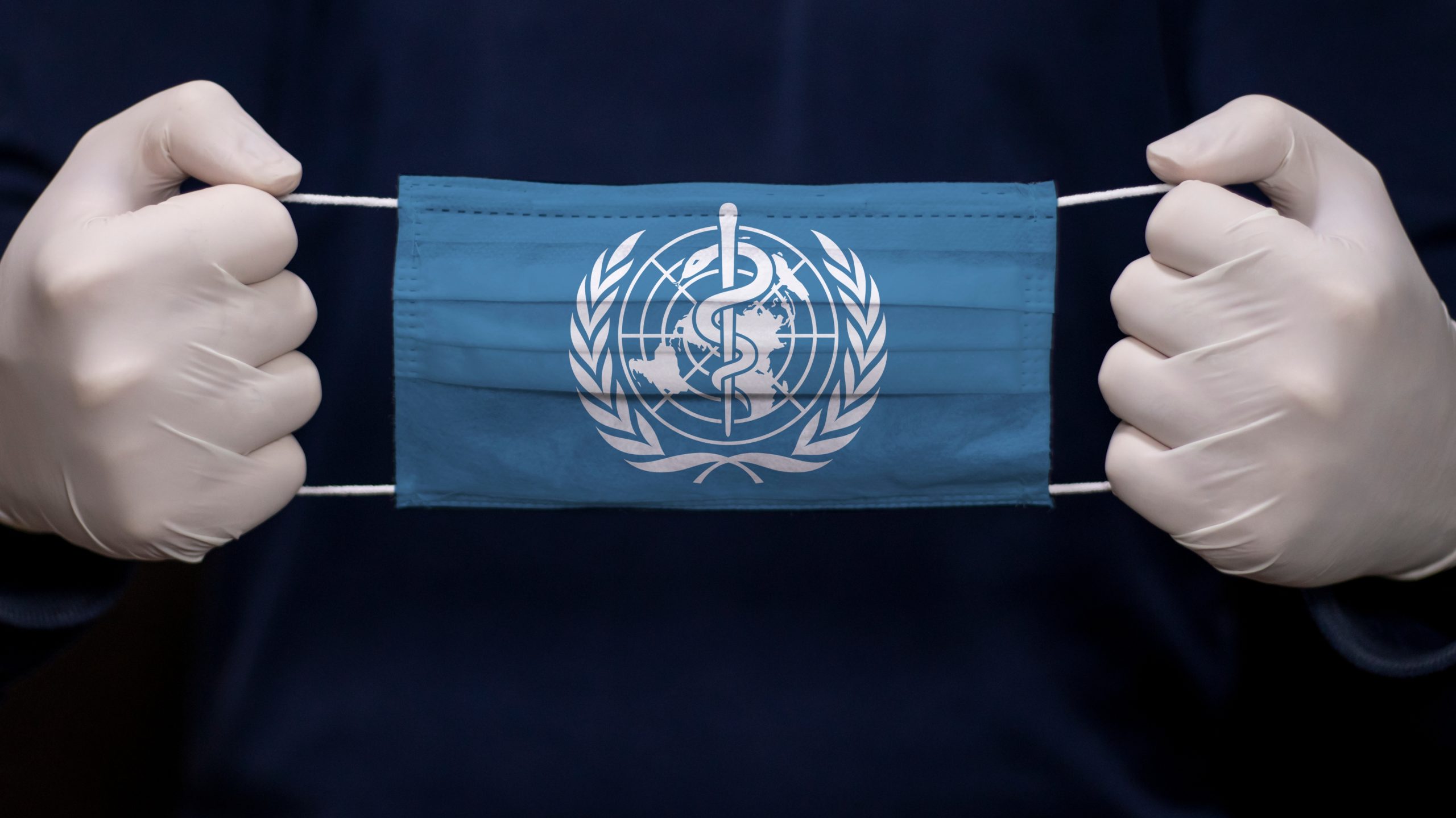WHO PANDEMIC TREATY APPROVED: A NEW ERA OF GLOBAL HEALTH CONTROL
On May 19, 2025, the World Health Organization approved a sweeping new Pandemic Agreement during a session of Committee A at the World Health Assembly.
While WHO leadership celebrates the move as a breakthrough for “equity” and “solidarity,” the agreement raises serious concerns about national sovereignty, medical freedom, and global governance.
Once ratified, the treaty will impose binding obligations on participating countries, granting the WHO unprecedented authority over future pandemic responses.
The United States, having already initiated its withdrawal from the WHO earlier this year, will not be bound by the agreement. That decision now appears more strategic than ever.
What the Treaty Contains
Beneath the rhetoric of preparedness and cooperation, the Pandemic Agreement embeds far-reaching mechanisms for centralized control:
- Expedited emergency-use authorizations for vaccines and therapeutics, bypassing traditional safety protocols
- No liability protections for those injured by novel countermeasures; no compensation system—only non-binding guidance
- Centralized health data surveillance through WHO-coordinated systems
- Digital compliance infrastructure, enabling tracking and behavioral enforcement
- Narrative control mechanisms, targeting so-called “misinformation” during emergencies
These provisions mark a shift away from transparent, accountable health policy toward top-down governance with minimal public oversight.
U.S. Withdrawal from the WHO: A Strategic Exit
On January 20, 2025, President Donald Trump signed an executive order to withdraw the United States from the World Health Organization.
Citing WHO’s failure during COVID-19, lack of reforms, and disproportionate U.S. financial contributions, the decision ended American participation in treaty negotiations and froze funding.
Full withdrawal takes effect in January 2026.
This move shielded the U.S. from the legal obligations now imposed by the Pandemic Agreement. Other nations, still within the WHO framework, are facing a very different reality.
Key Provisions of the Agreement
▶ WHO-Directed Governance Over National Health Policies
Although Article 3 pays lip service to sovereignty, Articles 31–33 create binding legal commitments for ratifying countries. The WHO is granted authority to coordinate:
- A Global Pathogen Access and Benefit-Sharing System (Article 12)
- A Global Supply Chain and Logistics Network (Article 13)
- A Coordinating Financial Mechanism for emergency response (Article 18)
- National surveillance and risk communication strategies (Articles 4, 6, 16)
This framework effectively positions the WHO as the central authority during health crises, with national governments expected to conform.
▶ Fast-Tracked Vaccines Without Safety Guarantees
The agreement promotes the use of WHO’s Emergency Use Listing and encourages expedited regulatory approval processes (Article 8.2). Vaccine manufacturers are urged to allocate 20% of real-time production to the WHO—10% of which must be donated (Article 12.6). These provisions risk prioritizing speed over safety.
▶ No Binding Compensation for Injuries
Despite encouraging the mass distribution of experimental countermeasures, the treaty includes no mandatory mechanisms for injury compensation. WHO has only been asked to develop “non-binding” advice on legal risks (Resolution OP15.10), leaving injured individuals with little protection.
▶ Lays the Groundwork for Digital Surveillance
Article 6.3 requires interoperable national health information systems. Article 16 outlines state-run communication strategies to manage public perception. Though not explicitly labeled as vaccine passports, the infrastructure supports centralized digital monitoring tied to immunization and behavioral compliance.
▶ Binding on Ratifying Countries
Adopted under Article 19 of the WHO Constitution, the agreement becomes legally binding once ratified by 60 countries. It obligates them to adhere to WHO-led frameworks, regardless of domestic law or democratic oversight.
Why It Matters
- National laws and policies will be expected to conform to WHO directives
- Experimental products could be rapidly distributed with minimal testing
- Legitimate scientific dissent may be reclassified as misinformation
- Entire populations could be subject to coercive compliance measures without accountability
- There are no guaranteed remedies for those harmed by mandated countermeasures
The WHO Pandemic Agreement represents a fundamental shift in the balance between global coordination and national self-determination.
By consolidating power in an unelected international body, it risks undermining public trust, individual rights, and democratic governance in the name of preparedness.
The United States’ exit from the WHO has insulated it from these new obligations. Other nations must now decide whether to preserve their sovereignty or submit to an international health bureaucracy with far-reaching, enforceable authority.



